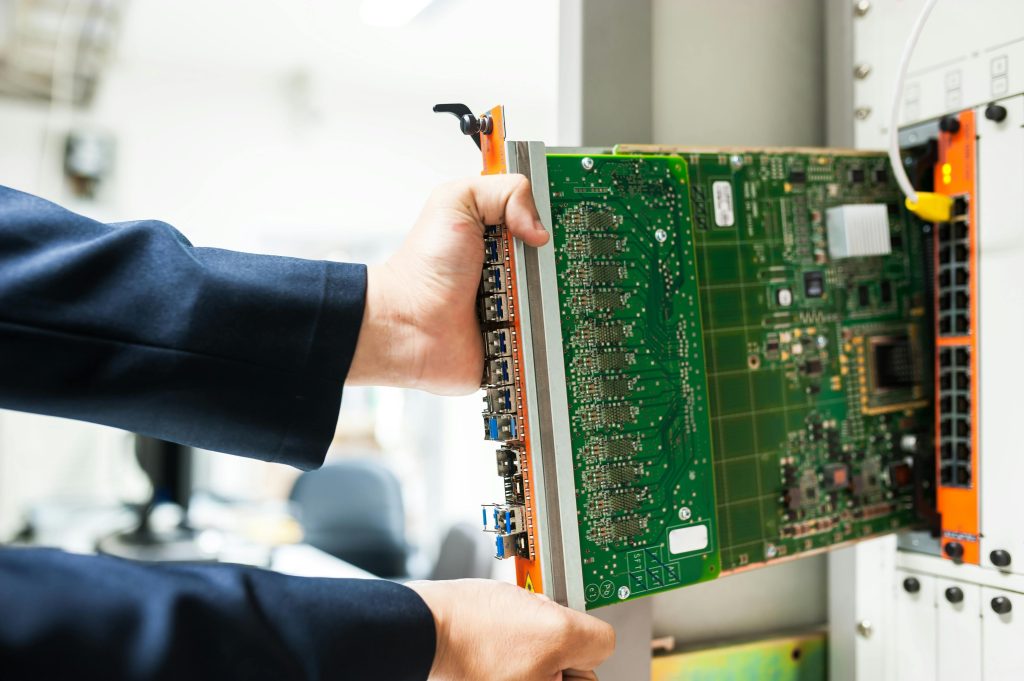Title: Troubleshooting Sudden SMART Error and Registry Error on Windows 10: A Step-by-Step Guide
Introduction:
Experiencing unexpected system errors can be alarming, especially when critical data is at stake. Recently, a Windows 10 user encountered a sudden system freeze followed by a SMART (Self-Monitoring, Analysis, and Reporting Technology) error message indicating a failing hard drive. Subsequently, after attempting to disable SMART, the user faced a “registry_error” blue screen, resulting in a boot loop. This guide aims to help users navigate such issues with clear, step-by-step instructions, even if you’re not familiar with BIOS settings or data backup procedures.
Understanding the Issue:
The initial SMART warning suggests that the hard drive may be failing. SMART is a monitoring system built into most modern drives to detect and report signs of impending failure. Ignoring these warnings can lead to data loss and system instability. The subsequent registry error and boot loop indicate potential system corruption or hardware issues.
Hardware Context:
- CPU: Intel Core i9-10900F
- Graphics Card: NVIDIA GeForce RTX 3080
- Motherboard: ASUS Prime Z490-A
- Storage Devices:
- Primary NVMe M.2 SSD: 1TB (WDS100T1X0E-00AFY0)
- Additional HDD: 2TB (empty, ready for use)
Step-by-Step Troubleshooting Guide
-
Prioritize Data Backup
-
Important: If you have access to your BIOS or can boot from an alternative device, proceed to back up your critical data to the 2TB HDD or an external drive.
-
Tools Needed: USB drive with Windows recovery media, or bootable live Linux environment (like Ubuntu).
-
Create a Bootable Recovery Media
-
Using another working computer, download the Windows Media Creation Tool and create a bootable USB drive.
-
Optionally, prepare a live Linux USB for data recovery if Windows recovery isn’t accessible.
-
Boot into Recovery Environment
-
Insert the recovery USB and restart your PC.
- Enter BIOS/UEFI setup by pressing the designated key during startup (usually F2, DEL, or ESC).
- Change boot order to prioritize the USB drive.
-
Save changes and restart to boot from the recovery media.
-
Backup Data
-
Once booted into Windows recovery environment
Share this content:



